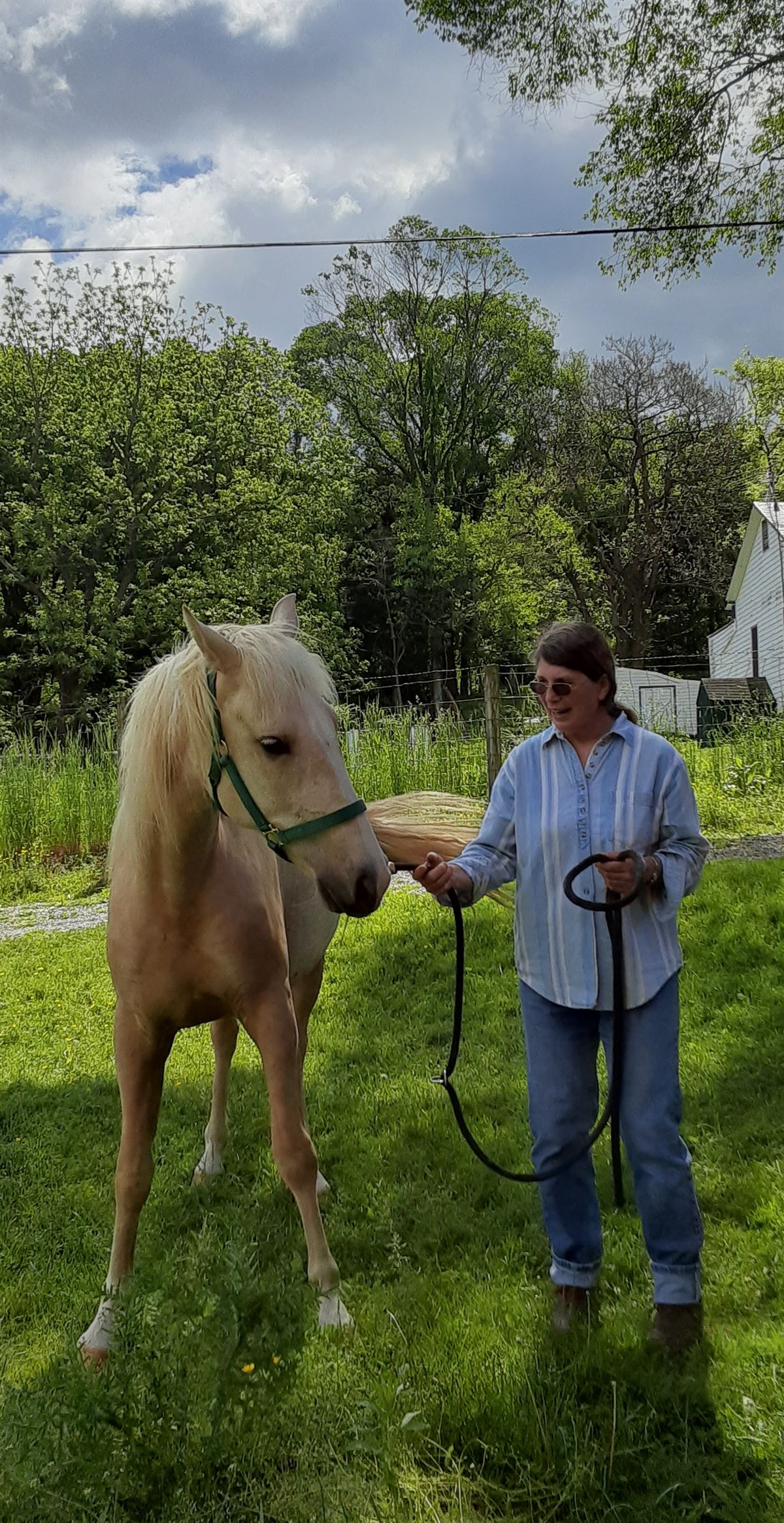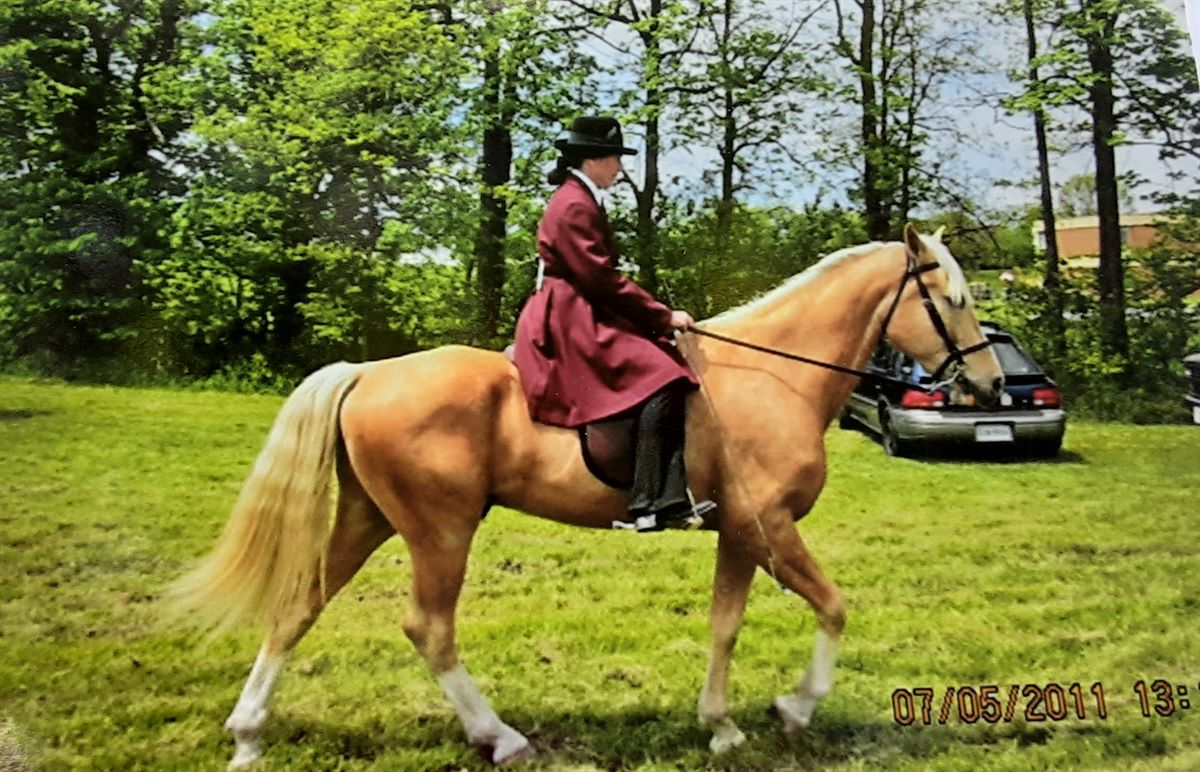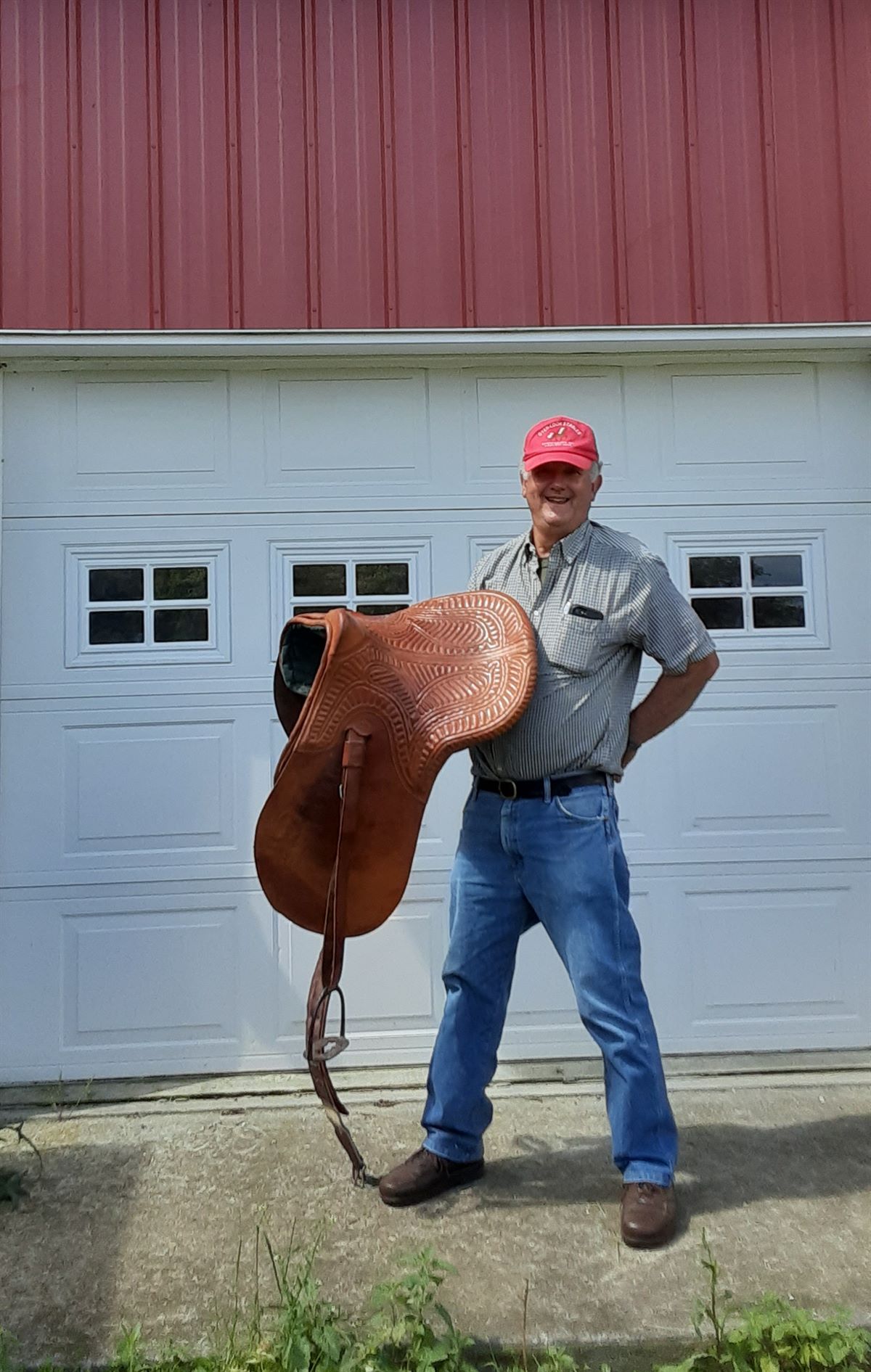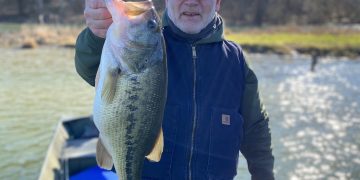The Mountain Pleasure Horse was first developed in Kentucky when breeders crossed European and English horses with Spanish breeds. Originally called mountain horses or saddle horses, they were known for their evenly spaced, four-beat lateral gait. Combining its sturdy build with this unique gait ensured a pleasant ride and a sure-footed animal over rough terrain. Their calm temperament was another attribute. The American Saddlebred, Rocky Mountain Horse, and the Tennessee Walking Horse are descendants of this stock.
A century ago, these horses were a common way to travel. On farms, they pulled wagons and other equipment. They were the favorite choice by country doctors and traveling parsons. Even during the 1940s and 50s, it was common in the valley for young people to spend Sunday afternoon riding to one of their many favorite places.
As machines and automobiles replaced the horses, they became a luxury for many farmers. Gradually, the Mountain Pleasure Horses became a dying breed. The Mountain Pleasure Horse Association was founded in 1989 to encourage breeding and safeguard their bloodlines.
Gale and Karen Billhimer are two people who love these horses and have devoted much of their lives to breeding, caring for, and enjoying them. The Billhimers were kind enough to invite me to their farm to introduce me to these beautiful horses.

Their friendly dog, Sadie, hurried to greet me when I arrived. Gale and Karen showed me around and filled me in on some elementary details that were new to me. Karen explained how God designed a foal to have cartilage hanging from its hooves at birth. This was a natural protection for horses that lived in the wild. The sticky substance gave traction to the hoof and made it possible for a newborn to rise and run within 20 minutes of birth. Another God-given protection is that they are born without any scent for the first two weeks, further protecting them from detection by predators.
Gale showed me his antique, handmade Minihan saddle. Eugene Minihan designed it with a hinged leather structure beneath the saddle to allow freedom of movement, benefiting the rider and the horse. A quilted pattern sewn above and beneath the saddle provided a comfortable ride. The ridges in the design allowed air to circulate for a cooler ride. Close examination of Eugene’s earliest saddles revealed small holes around the pattern where the cotton filling was inserted by hand. It is difficult to estimate how much time it took to make one without modern sewing equipment.
Gale showed me an old metal stirrup. An old timer in Kentucky shared with him that after years of sliding his boot into the old iron stirrup, it would sharpen the metal edge like a leather strap sharpening a barber’s razor. The stirrup edge would be razor sharp, and he buffed it down with a stone for safety.

The first horse presented to me was two-year-old Annabelle. She displayed a calm gentleness as Karen helped her pose for her photo op.
The newest member was a filly named April Morning because it was on an April morning when Karen discovered her with its mother. The filly had a soft thick coat. When I noted the light color, Karen explained that it could take six months to a year before their color is finally determined. The mare’s hair was smooth with a glistening shine. April Morning was their 22nd foal since they began breeding.
The Billhimers have used a method called “imprinting” developed by a veterinarian named Robert Miller from California. He teaches that foal training from the first hours for its first few weeks can condition it for favorable responses later in life. For example, lifting each foot and repeatedly tapping on the bottoms of the hoofs prepare them for when a farrier fits them with horseshoes years later. Gale practices the hug and carry technique to teach the new one not to struggle. He lifts it by both arms under the stomach. Gale and Karen spend a lot of time rubbing the foal all over to get them used to the touch of the human hand. Pressing on its back prepared it for a saddle, usually around its third year.
They immediately expose the foal to noises they will encounter, like clippers, a spray bottle (used to keep flies away), and the sound of vehicles passing by. Sometimes around six weeks, they develop a shyness, but they move through this phase with regular touch and contact.
One time they met another couple and rode horses from Dry River through the mountain trails all the way to Franklin, West Virginia, in one day, where they camped out. The Mountain Pleasure Horses are so gentle and family-oriented that their grandson, Brian, could ride alone around the property at nine years old, and there was no reason to worry about his well-being. Today, Brian still loves horses assuring them that there will still be horses to some extent, continuing into the next generation.

The Billhimers have sold their horses to new owners in many places. Sometimes they have had the pleasure of visiting these owners. For instance, they have been to Alaska and Arizona as guests, where they enjoyed riding the horses that they raised.
When a horse is walking in its natural gait or cadence, it makes a distinctive sound. The Mountain Pleasure Horse sounds like “nickel, dime, nickel, dime.” Gale opened his phone to a recording and shared the sound.
For the first time in my life, I could identify with the heart of a horse lover. I told Gale, “If I were much younger and rich, I’d buy me a horse.” He grinned and replied, “And I would have a horse for you!”































